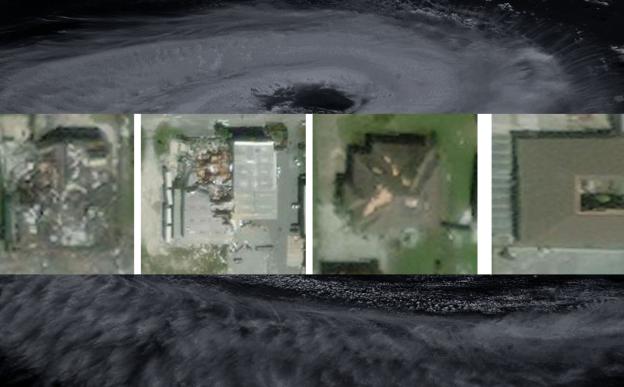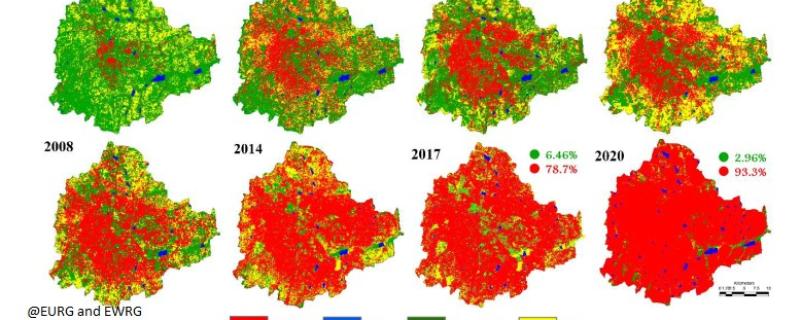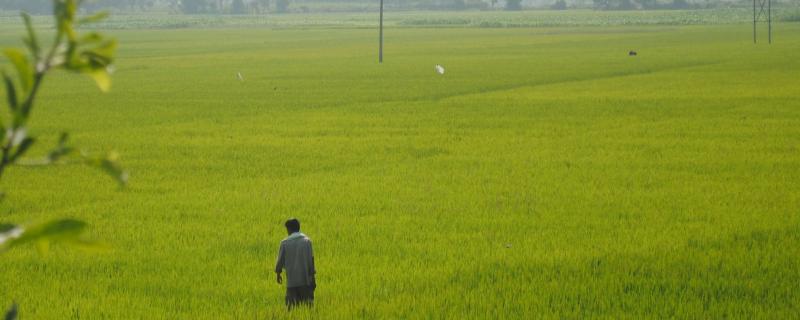Bangalore of the yesteryears was a city of gardens; cool, pleasant and green. In addition to the 2000+ species of trees -- some natural and some specifically planted -- individual gardens in small households contributed to the large biodiversity here. The undulating terrain of the city allowed formation of lakes -- natural and manmade – that were interconnected.
आयआयटी मुंबईद्वारे विकसित नवीन डीप-लर्निंग फ्रेमवर्क SpADANet (स्पाडानेट) मर्यादित लेबल्स वापरूनही अनेक चक्रीवादळांमधील संरचनात्मक नुकसान अधिक अचूकपणे वर्गीकृत करू शकते.
Mumbai/









